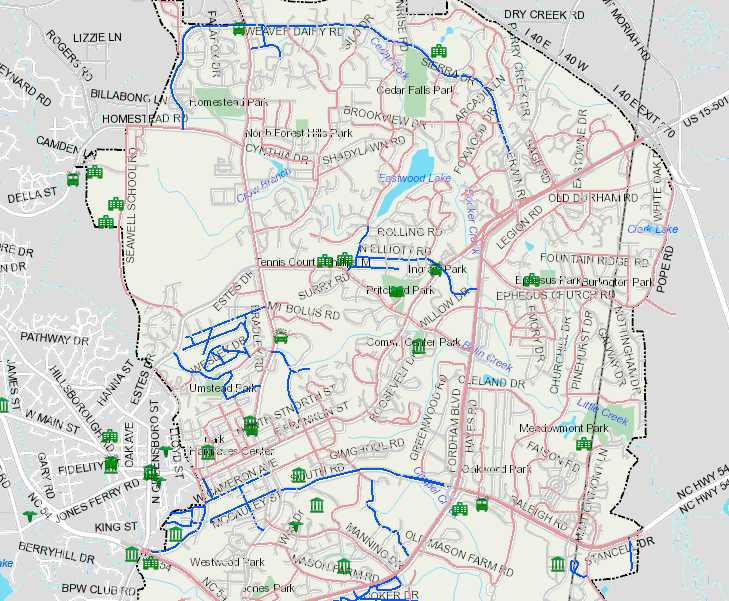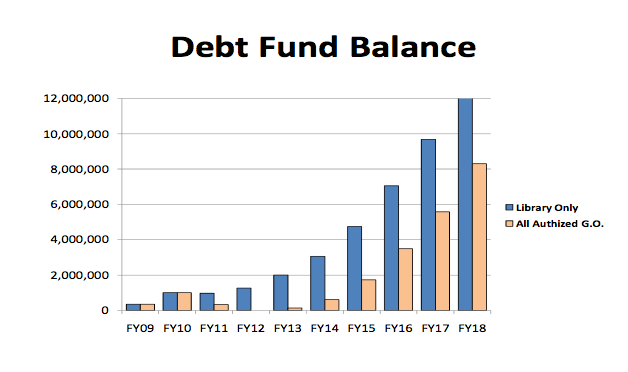Here is what I meant to say at this evening’s Council meeting.
Like a lot of my remarks, I find myself editing on the fly, so what I managed to get out in less than 3 minutes wasn’t quite what follows but I believe I made the points I needed.
We can’t do the Lot #5 (140 West) project and the Library expansion together. Lot #5 hasn’t met its goals, the cost/benefit ratio is decidedly out-of-whack, the necessity quite clearly not there anymore.
Further, the Library expansion project needs to be delayed until taxpayers can bear the total cost. Beyond that, we need to request an extension from the North Carolina Local Government Commission to allow issuing bonds beyond the current deadline so when it is fiscally prudent we can move expeditiously.
Finally, public participation, once again, is barely considered.
In 2010 you will be making several key budgetary decisions whose impacts will span the next decade – the Lot #5 (West 140) and Library expansion – two examples.
Lot #5 represents the greatest and riskiest fiscal liability going forward that can be safely dispensed with.
Part of the sales pitch made by some on this Council is we needed this project to kick-start development Downtown.
With Greenbridge nearly built, University Square poised for redevelopment, approval of Grove Park – which will displace the affordable Townhouse Apts. on Hillsborough St. with luxury condos – and other Downtown projects on the way it’s clear that we don’t need that supposed stimulus Lot #5 brings anymore.
It’s time to reconsider this troubled project especially given that:
1) the cost reductions that allowed RAM to lower prices haven’t been significantly passed on to the taxpayer,
2) the number of units pre-sold hasn’t grown in-line with price reductions (33 units pre-sold so far, down from the reported 2008 commitment of 35).
3) the open-ended nature of the cost of the environmental cleanup is still being underplayed,
4) the University at University Square has already put forward a much more sound, interesting and integrative proposal (123 West Franklin) for that stretch of Franklin St. than the expensive – at least to the Chapel Hill taxpayer – Lot #5,
5) still up in the air how we will borrow the money – COPs, TIFs, etc. In any case, however we borrow the $9-10M or more it will limit the Town’s ability to prudently respond in funding core needs,
6) and from what I can see in RAM’s recent missive ( RAM Dec. 22nd, 2009 letter [PDF]) no effort has been made to involve the nearby business and residential community in discussing mitigation of the type of construction-related problems that have plagued Greenbridge or even apprise their future neighbors of current developments (let alone present a coherent and consistent story to the local press).
Three years out and no significant improvement in the proposal. Three extensions to the contract granted by Council. Lot #5 should be shelved now so that the Town can take projects that are more central to its charter.
What does this have to do with the Library?
I want to see the Library expanded but now is not the time.
The memos before you [here] paint a fairly rosy picture of the borrowing in terms of adopting new debt but they don’t do a very good job in putting that increased debt in context of our already astonishing – at least by historical Chapel Hill standards – debt load.
Memo #A, in fact, disingenuously characterizes the increase to homeowners using examples of property valuations well below ($200K) the Chapel Hill baseline.
Look at the chart in Memo #A. The rate of increase in the debt load – that rapidly increasing impact on the Town’s flexibility in borrowing – running our debt right up to the debt ceiling for our AAA bond rating – starts in late 2012 and zooms steeply from there.
Of course, besides adding new debt that and anticipated G.O. additions will account for roughly several cents on the current tax rate while the real kicker is the growth in cost of Library operations – which appears to be even more significant.
Worse, the continued structural instability and weakness of our economy gets short shrift.
Now is not the time to take on a large forward liability.
Making a decision based on these figures tonight will be guaranteeing a tax increase or steep cuts or just ignoring basic obligations two years hence.
Here are my suggestions:
1) Shelve Lot #5. We can have a Library expansion – hopefully starting next year – or we can have Lot #5 – we can’t handle both.
2) The Library borrowing should be delayed until prevailing economic conditions show signs of improvement – strengthened sales tax revenues, stable fund markets which will lend money at a more favorable rate – say less than %100 of the 20 year Treasury bond ratio.
3) Have staff prepare a request to NC Local Government Commission to extend Chapel Hill’s time limit for issuing these bonds so the Council and community have adequate time to plan.
4) Use the established public budget process which kicks off next week [2/3/2010 7:00 PM Council Chambers Townhall) to discuss the Library in light of all our Town’s needs – competitive staff wages, affordable housing reserve funds, the growing retirement fund deficit (Unfunded Liabilities: Pay As You Go Not Sustainable) among many others.
Last Fall many of many on Council obligingly participated in a special “emergency†meeting to acquire Dawson Hall for police and other key Town services. That urgent need hasn’t gone away – the police department’s facility still needs attention – why isn’t that part of the rosy projections?
Our citizens deserve a diligent evaluation of the cost of the Library expansion and operations within the context of our total budget and foreseeable needs – not wants.
They also deserve to participate – not just get an agenda item 3 days before a decision is scheduled.
5) Finally, postponing tonight will give you the opportunity to carefully consider this proposal in light of all your priorities, give you time to evaluate the rosy picture drawn by these memos against your own understanding of the economy and think about how to engage the community during this weekend’s Council retreat.
In addition, it buys needed time for the public to review the current proposal, attend the budget sessions, ask their questions, get their answers and finally weigh in in a thoughtful manner.
Thank you.



